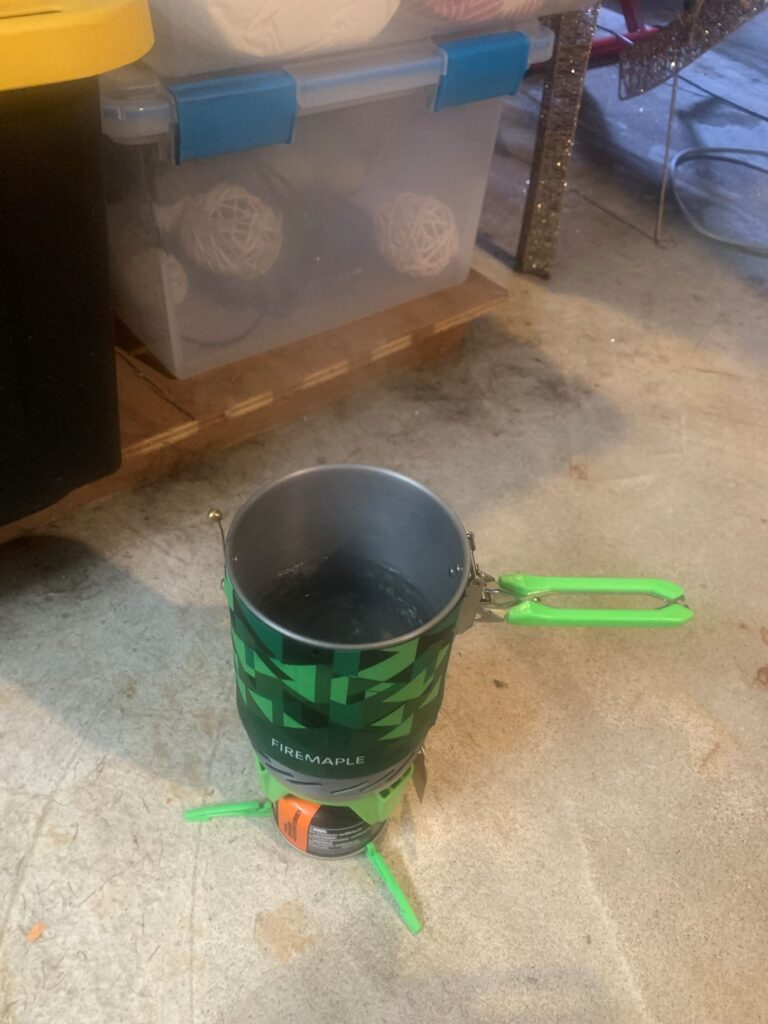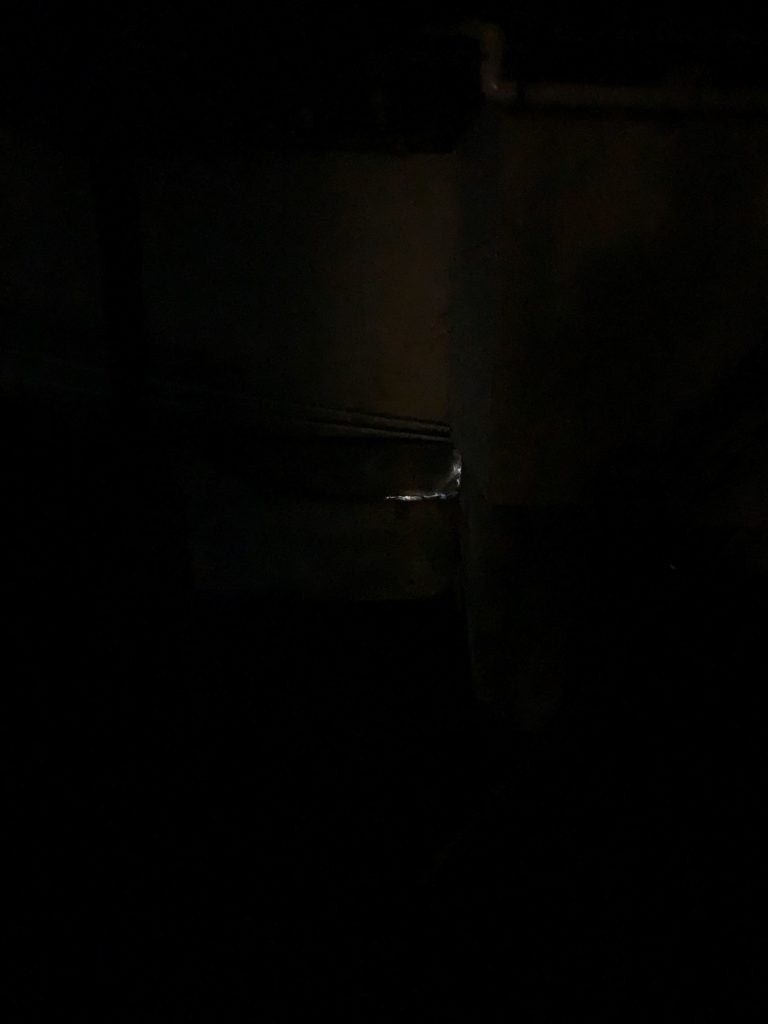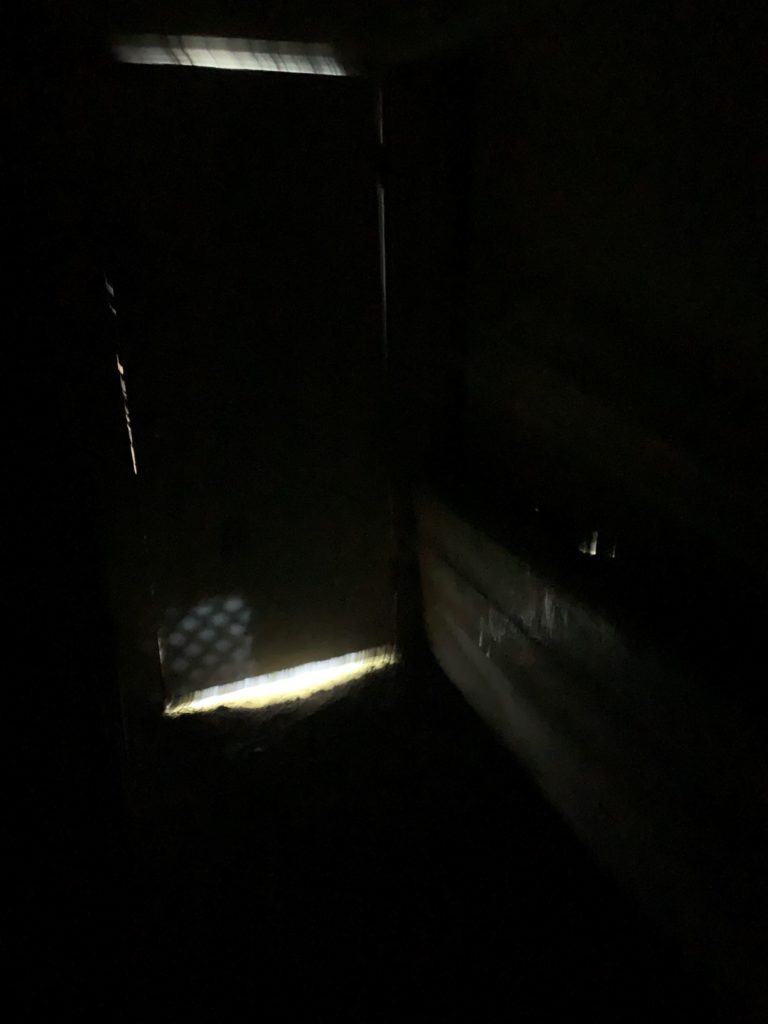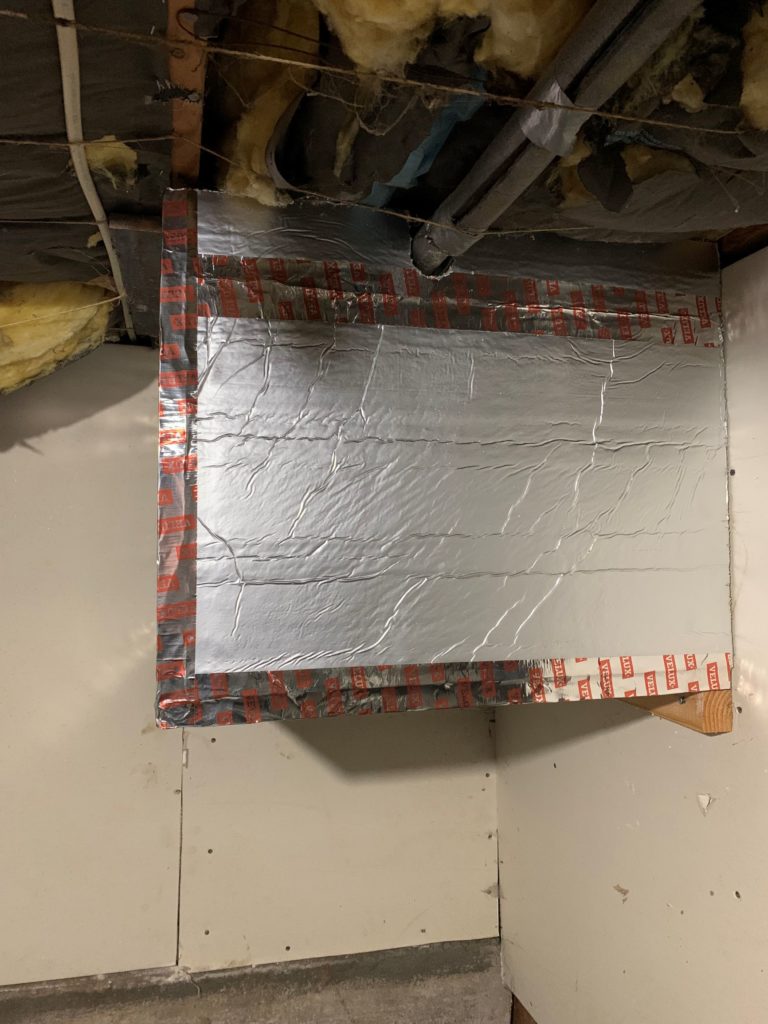I am in the opening phases of meal planning. I am planning on using freeze dried meals for at least some of my meals, preferably both morning and evening. One of the things that I have no handle on whatsoever is how much fuel will I need for this. As with all containerized gas, even a fuel style gauge wouldn’t be terribly helpful other than giving something to worry about.
So, I set about running a test. How long does it take to heat up water to boiling and how long will a full cannister burn. From that information, I will be able to devise a usage calculation to tell me how much fuel will I need.
Technically speaking, I could probably do this on the trail during my practice runs. But I think an actual controlled experiment not only will give the information faster but also probably will be more accurate. Trying to keep track of stuff in the field is difficult unless you are extremely disciplined. I try to do this at the rifle range, even keeping notes and I still forget stuff all the time.

I performed this experiment using the 100 gram fuel cannister. It is the smallest and I would think the fastest to complete. I will extrapolate the results to a 230 gram cannister which is what I think I want to take with me but I don’t want to run the test for double the amount of time.
The other potential variable of the test is that I am burning a Jet Boil brand cannister. The larger size (more locally available) is the Kovea brand. I am going to assume that the fuel weights are as advertised and that both brands are the same fuel mixture generating the same BTUs.
Here are some variables that I cannot test here. The first one is elevation. Because air pressure is lower at higher elevation, water will boil at a lower temperature. This effect becomes prominent at elevations greater than 3000′. Assuming complete combustion (full BTU conversion), in theory elevation should add runtime to the stove.
Another is temperature. The outside temperature will presumably be lower in the morning and warmer in the evening. I performed my test at ambient basement temperature which was 62 degrees F. Those effects will possibly cancel each other out taking more time in the morning and less in the afternoon.
A larger temperature component would be the starting point of the water. I started with tap water which is probably around 40 degrees F. If my water is straight out of a mountain stream, it could be 33 degF. It could also come from my pack which may be 90 degF (I really hope not). So, that may range from no effect to longer run time.
The final variable I could test is how much water do I need to heat up? I ran two measurements 1L time and 1/2L time. For freeze dried meals, I will likely only need 1/2L but for breakfast, I very will want some coffee or tea. I think it is always better to heat up more than you need for cleaning purposes as well. I guess what I am saying is it seems like 1L is probably the realistic measurement.
To my surprise, the 100g cannister ran for two hours. I found that 1L took 9:20 to boil and 1/2L took 5:40. If I round up, I should get 12, 1L boils or 20, 1/2L boils. This tells me that one 230 gram cannister should be more than adequate for my meals for a week. That would be a 4.6 hour (276mins) run time with 27, 1L or 55, 1/2L boils.
One critical thing my test did show me is a result of the fact that I didn’t run it straight through. I found that the igniter only worked the first couple of times. I do see it sparking but I cannot say if that is a gas issue or an igniter issue. As a result, I will need to have a secondary ignition source. I already have a lighter in my pack so that should be good to go. More testing on this is definitely warranted.
End Your Programming Routine: I now have peace of mind. The only other consideration I may make is redundancy. If I choose to only bring one cannister and a leak develops or some other issue, I may be stuck. I could choose two 100g or one spare 100g or none at all. I have not yet decided if I want to bring a back-up. That is to be determined.



Recent Comments